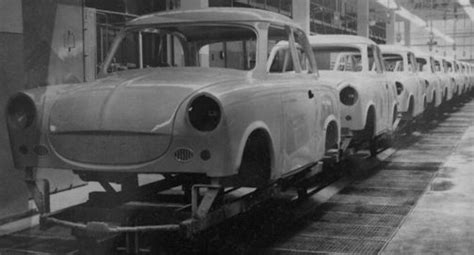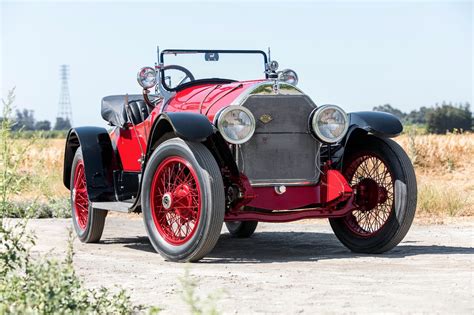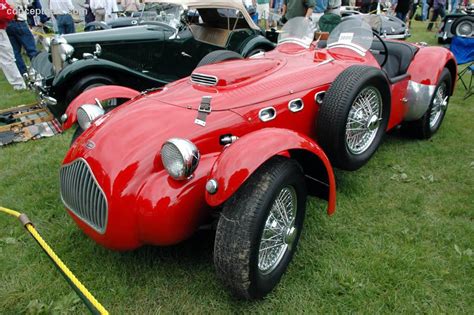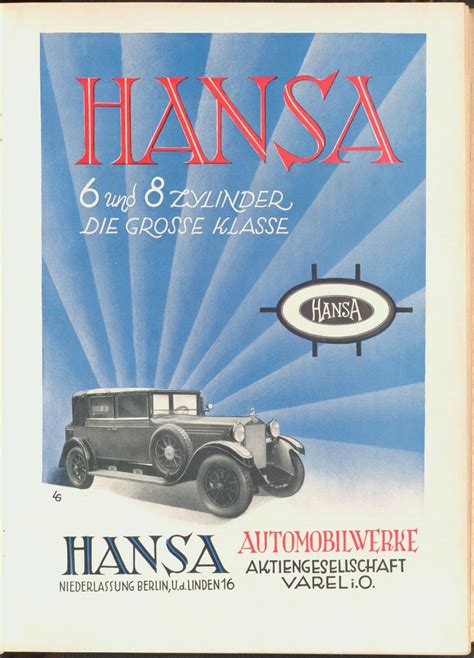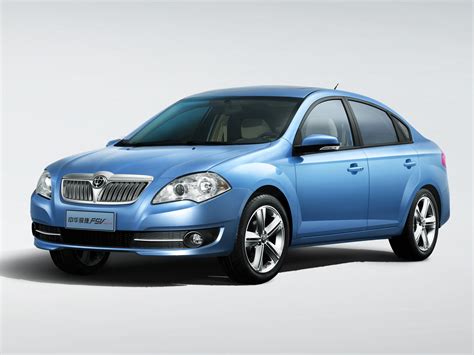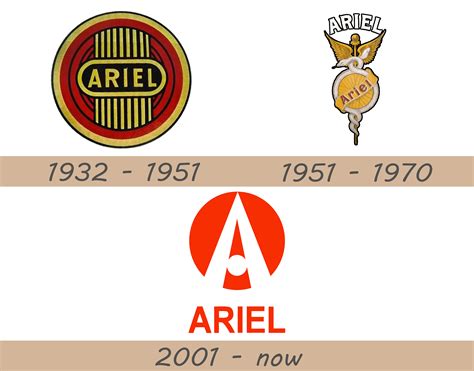Explore the rise and fall of Trabant Car Company, from its influence of World War II to its legacy in popular culture. Discover the development of the iconic Trabant Model P50.
Introduction to Trabant Car Company
Contents
The Trabant Car Company was a prominent automobile manufacturer based in East Germany, with a rich history dating back to the aftermath of World War II. The company was established in 1957, and its most iconic model, the Trabant P50, was introduced shortly thereafter.
Despite its humble beginnings, the Trabant quickly gained popularity in East Germany, becoming a symbol of affordability and reliability during a time of economic hardship. The company’s unique manufacturing processes and innovative design features contributed to its success both domestically and internationally.
Throughout its existence, the Trabant Car Company made significant contributions to the automotive industry, paving the way for future advancements in car manufacturing and design. Although the company eventually faced challenges and ultimately closed its doors, its legacy continues to live on in popular culture and automotive history.
Influence of World War II
The influence of World War II on the Trabant Car Company was significant as it greatly impacted the automotive industry in Germany. During the war, resources were scarce and there was a need for lightweight, affordable vehicles for the masses. This necessity led to the development of the Trabant Model P50, which became a symbol of post-war East Germany.
As the war caused widespread destruction and economic turmoil, traditional car manufacturers were unable to produce vehicles at the same rate as before. This opened up an opportunity for the Trabant Car Company to emerge and fill the void in the market. The influence of World War II thus laid the groundwork for the rise of the Trabant as a popular mode of transportation in the post-war era.
Furthermore, the war also led to technological advancements in the automotive industry, as manufacturers sought to create vehicles that were fuel-efficient and could be produced at a rapid pace. This played a key role in shaping the design and engineering of the Trabant Model P50, which featured a lightweight body and a simple, yet innovative engine.
Overall, the influence of World War II on the Trabant Car Company was profound, as it directly contributed to the company’s establishment and success in the aftermath of the war.
Development of Trabant Model P50
The Trabant Model P50 was the second model of the Trabant car company, following the initial Trabant 500. Development of the Model P50 began in the 1950s, as the company sought to modernize and improve upon its first vehicle. Engineers and designers at the Trabant car company worked diligently to create a more efficient and reliable car that would meet the needs of consumers in post-war Germany.
The P50 featured significant upgrades from its predecessor, including a more powerful engine and an enhanced chassis design. The development process was not without its challenges, as the Trabant car company faced resource shortages and production limitations in the aftermath of World War II. However, through perseverance and innovation, the Model P50 was successfully brought to market in 1963, much to the excitement of car enthusiasts and consumers.
With the introduction of the Model P50, the Trabant car company solidified its reputation as a leader in the automotive industry. The car’s sleek design and improved performance capabilities made it a popular choice among drivers in East Germany and beyond. The development of the Model P50 represented a significant milestone for the Trabant car company, showcasing its dedication to advancement and evolution in the competitive world of automobile manufacturing.
Fall of Trabant Car Company
The fall of Trabant Car Company can be attributed to a combination of factors, including the changing political landscape in Germany, advancements in automotive technology, and shifting consumer preferences. During the 1980s, as the Cold War came to an end and East Germany underwent reunification with the West, the Trabant’s outdated design and production methods became increasingly unsustainable. Additionally, the introduction of more modern and efficient cars from Western manufacturers presented stiff competition for the Trabant.
By the early 1990s, the Trabant Car Company was struggling to adapt to the new economic realities, and its outdated production facilities and lack of innovation left it unable to compete in the global market. The company’s financial woes mounted, and it ultimately filed for bankruptcy in 1991. This marked the end of an era for the iconic East German carmaker, as it could not keep up with the rapidly changing automotive industry.
Despite its eventual demise, the Trabant remains a symbol of a bygone era, and its unique place in history continues to fascinate car enthusiasts and collectors around the world. The fall of the Trabant Car Company serves as a cautionary tale about the importance of adaptability and innovation in the ever-evolving world of automotive manufacturing.
Legacy of Trabant in Popular Culture
Legacy of Trabant in Popular Culture
The Trabant car, also known as the Trabi, has left an indelible mark on popular culture. Despite its reputation as a symbol of outdated technology and inefficiency, the Trabant has achieved a cult status in popular culture, particularly in Eastern Europe. Its unique design and unmistakable sound have made it a beloved icon, celebrated in music, art, and film.
In literature and music, the Trabant has been immortalized as a symbol of perseverance and resilience in the face of adversity. Authors and songwriters have used the image of the Trabi as a metaphor for the endurance and spirit of the people who lived behind the Iron Curtain. Its enduring popularity in popular culture reflects the nostalgia for a bygone era and the resilience of the human spirit.
In film and television, the Trabant has been featured as a quirky and endearing character in its own right. Its distinctive appearance and charmingly outdated technology have made it a favorite choice for filmmakers looking to evoke a sense of nostalgia and whimsy. From comedic chase scenes to heartwarming road trip adventures, the Trabant has become a beloved fixture in cinematic history.
Even in the world of art and design, the Trabant has left an indelible mark. Its unique aesthetic and unmistakable silhouette have inspired artists and designers to create works that celebrate its enduring legacy. From bold, graphic prints to avant-garde sculptures, the Trabant has become a source of inspiration for creatives seeking to capture the spirit of a bygone era.
Despite its reputation for inefficiency and outdated technology, the Trabant has secured a lasting legacy in popular culture. Its distinctive design and enduring popularity have cemented its status as an icon of nostalgia and resilience, beloved by enthusiasts of all ages. Whether celebrated in literature, music, film, or art, the Trabant continues to hold a special place in the hearts of fans around the world.

